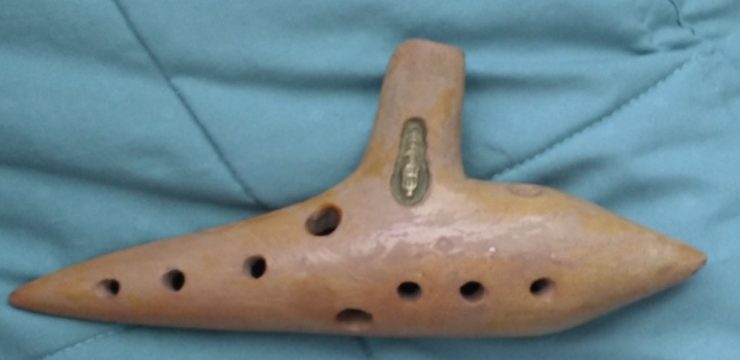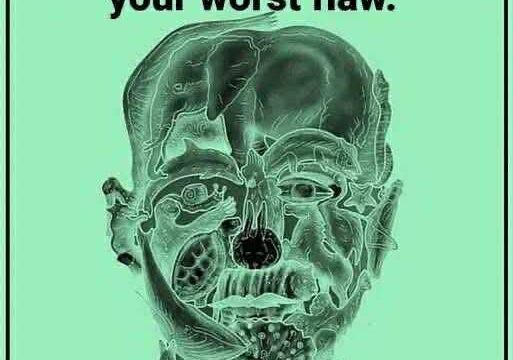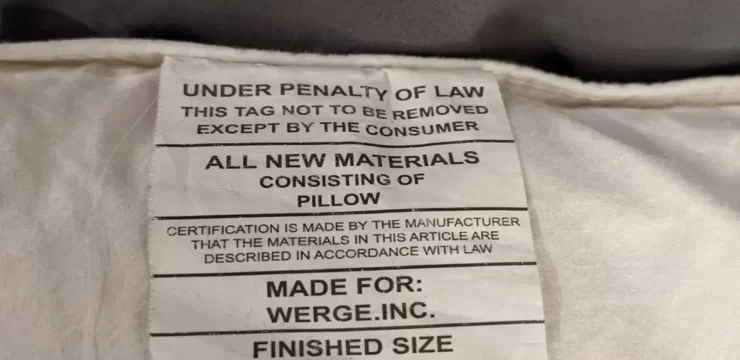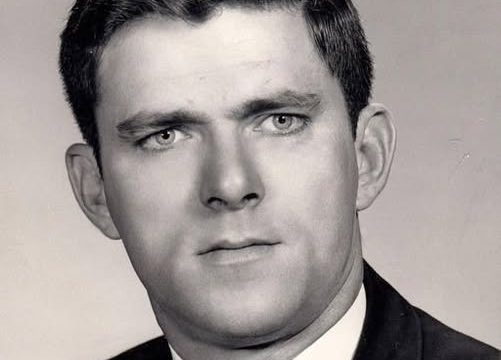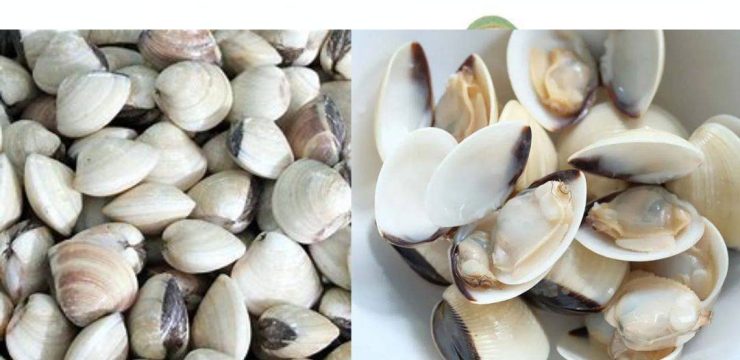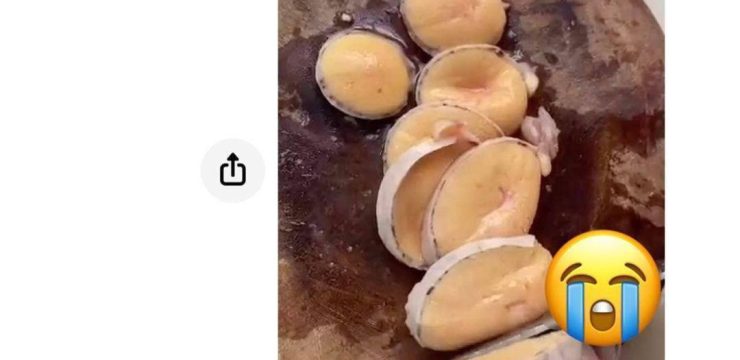Ready for a quick and fun brain workout? This spot-the-difference challenge is the perfect way to sharpen your mind and test your attention to detail. Take a close look at the two images—at first glance, they might seem identical, but hidden within them are three subtle differences that are just waiting to be discovered.
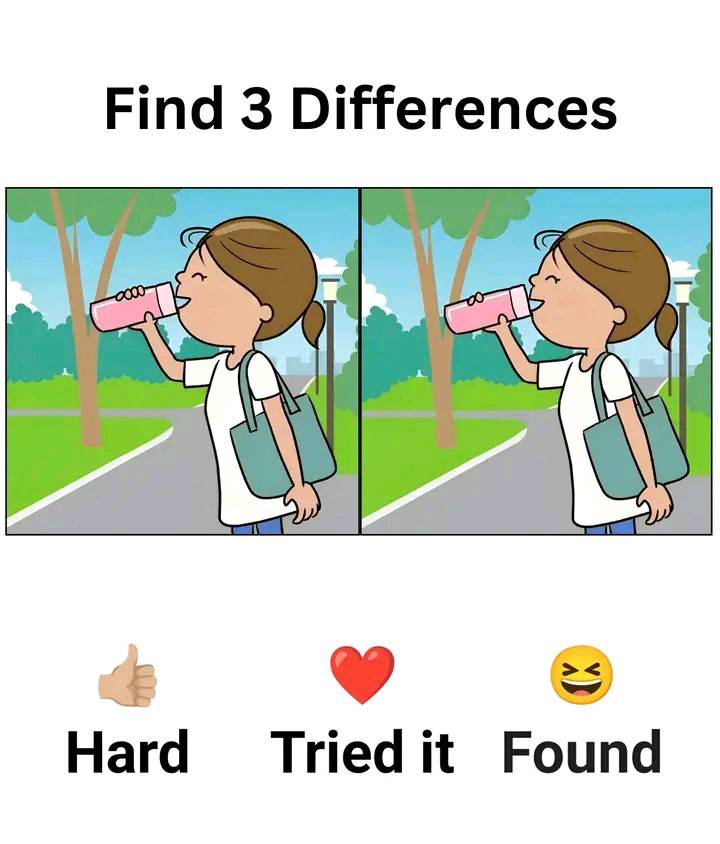
These puzzles aren’t just entertaining—they’re also a great way to enhance your concentration, boost your observation skills, and strengthen logical thinking. What makes puzzles like these so engaging is that they play with your brain’s natural expectations. We’re wired to look for patterns and symmetry, which is why it’s so easy to overlook small changes. When two pictures look almost the same, our minds tend to fill in the blanks and assume everything matches. Add in the visual complexity of detailed backgrounds, colors, and shapes, and suddenly what seems like a simple task becomes a real challenge.
Most people make the same mistakes when tackling these puzzles. The most common error is focusing solely on the main subject—in this case, the girl—and completely ignoring the background elements. Another typical slip-up is scanning too quickly instead of observing slowly and thoroughly. People also expect the changes to be major, when in reality, the differences are often incredibly small, like a missing line or a shortened object. Let’s walk through this challenge and point out the three differences that might have escaped your attention. First, examine the pink water bottle the girl is holding. In the image on the left, you’ll see a straw clearly sticking out of the bottle’s top. But when you shift your eyes to the image on the right, that straw is missing entirely.
This one is tricky because your brain automatically fills in the detail, assuming the straw should be there. Next, take a look at the background scenery just behind the girl. In the left-hand image, there’s a small rounded bush or tree emerging from the horizon near the center-left area. In the right image, that bush is completely gone, replaced by an open stretch of green. Since background elements often blend into the scene, it’s easy to miss subtle changes like this unless you intentionally scan every part of the picture. Lastly, observe the girl’s shoulder bag. In the left image, the strap forms a complete loop from the bag up to her shoulder. However, in the right-hand version, the strap is partially missing and doesn’t reach all the way, creating a broken, incomplete look.
This detail is particularly challenging to spot because it’s such a small part of the overall picture and the eye tends to assume the strap continues naturally. These slight differences are what make spot-the-difference puzzles so satisfying to solve. They push you to slow down, challenge what you assume you see, and examine things with a sharper eye. More than just fun, these kinds of puzzles come with real mental benefits. They improve your focus by requiring deliberate attention. They support memory by exercising your ability to recall small details. They also enhance your overall visual processing, which can be useful in everything from finding your keys to noticing typos or reading maps. Think of them like a gym for your brain—short, engaging sessions that leave you sharper and more alert. Once you’ve spotted all three differences, it’s time to reflect. How long did it take you? Which difference gave you the most trouble? And did you catch them all before reading the solution? Share this puzzle with friends or family and see if they can beat your time. It’s a fun and friendly way to bring people together while exercising everyone’s minds. To recap, the three changes are: the missing straw on the water bottle, the absent bush in the background, and the broken strap on the girl’s bag. Simple as they may seem, these minor tweaks are what make the challenge fun—and overcoming them is incredibly rewarding. So keep playing, keep looking closely, and most importantly, keep challenging your brain. You never know what your eyes might have missed. Are you ready for the next puzzle? Let’s see if you can spot the differences even faster next time.
